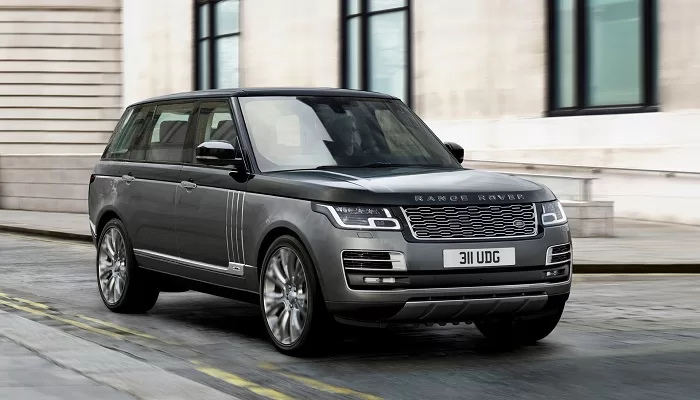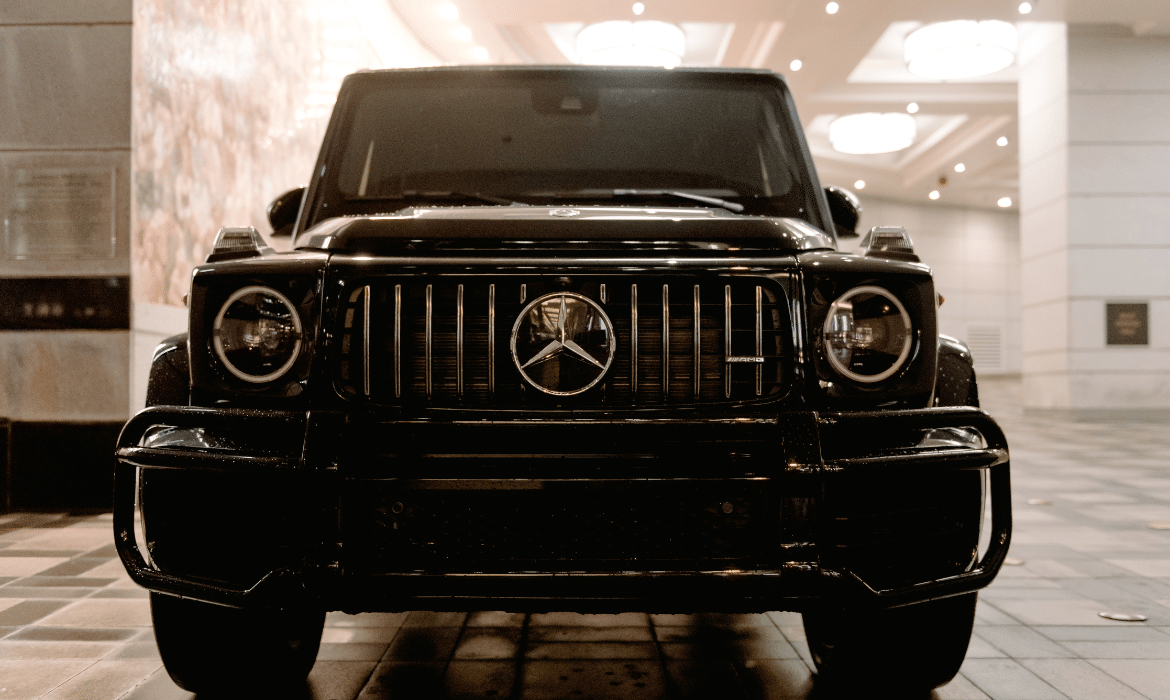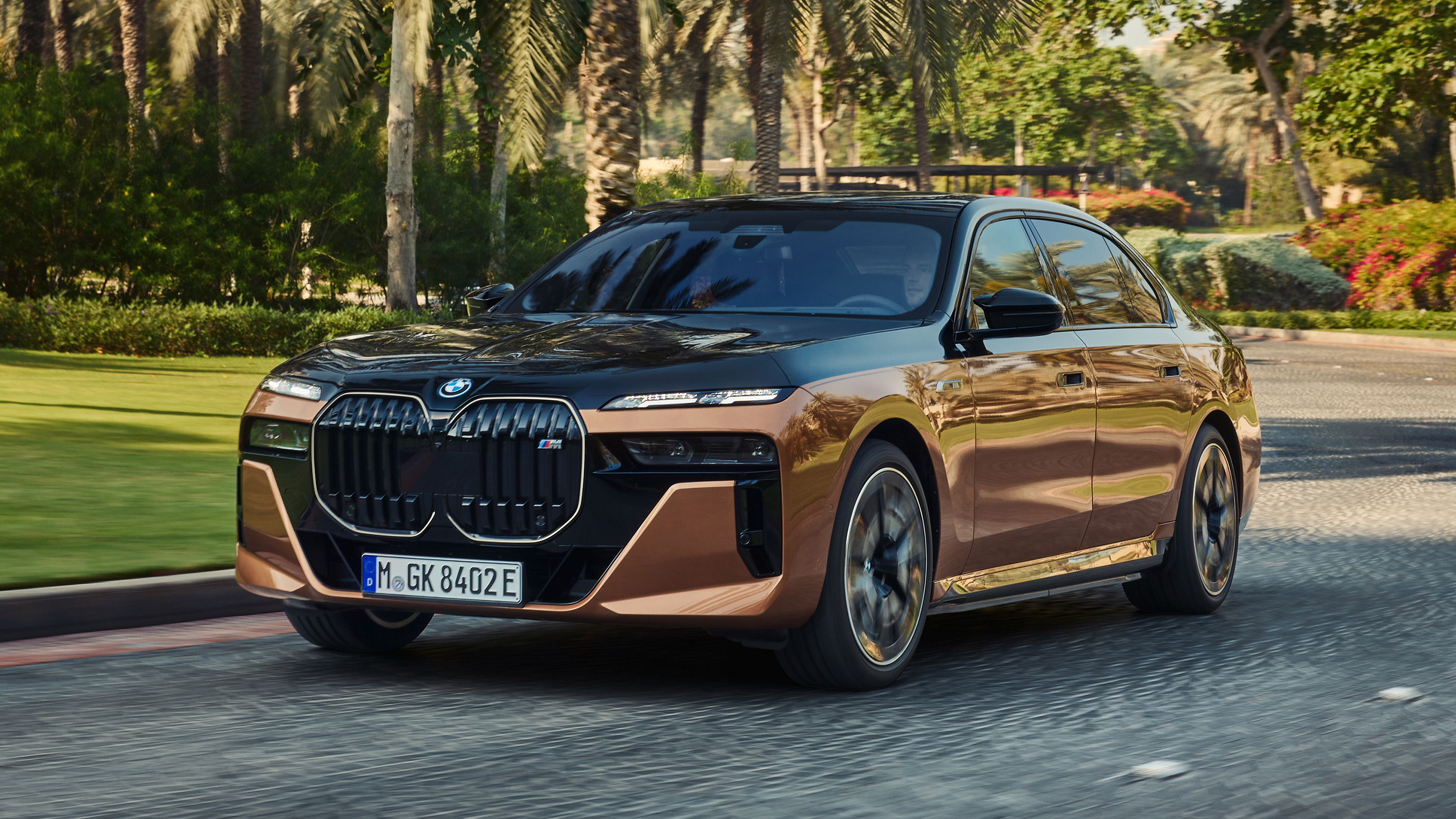On July 17, China’s Ministry of Finance and the State Taxation Administration issued an official announcement stating that, in order to further guide rational consumption and adjust the consumption tax policy on ultra-luxury vehicles, a new regulation will take effect starting July 20. According to the announcement, the scope of vehicles subject to this tax has been adjusted to include passenger vehicles and light commercial passenger vehicles of any power type (including pure electric, hydrogen fuel cell, etc.) with a retail price of RMB 900,000 or more (excluding VAT) per unit. Sales of second-hand ultra-luxury vehicles will not be subject to this consumption tax.

This new policy modifies the “ultra-luxury vehicle” consumption tax scheme that has been in effect since 2016, reducing the taxable threshold from the original RMB 1.3 million (excluding VAT; approximately RMB 1.469 million including VAT) to RMB 900,000 (excluding VAT). Notably, the new regulation also explicitly includes new energy vehicles, such as pure electric and hydrogen fuel cell cars, in the taxable category, levying a 10% luxury tax. This marks the first time China’s consumption tax system places electric vehicles under the same tax treatment as traditional fuel vehicles, aiming to level the tax burden for high-end EVs and further regulate luxury consumption.
Following the release of this tax policy, many popular models priced between RMB 900,000 and 1.3 million—such as the Porsche 911, Panamera, Mercedes-Benz S-Class, and Range Rover—were promoted with messages like “Buy today, or pay tens of thousands more tomorrow,” triggering a wave of urgent purchases. Potential buyers were eager to complete purchases before the new tax came into effect on July 20. In response, some brands and dealerships announced limited-time subsidies for their current models. For example:
Land Rover announced that designated Range Rover models would receive a full luxury tax subsidy before July 31, with the manufacturer covering the added tax cost directly.
Mercedes-Benz stated that designated models like the S-Class, Maybach, and GLS would have their additional consumption tax covered by dealers until August 31.

Policy makers stated that current vehicle prices—after dealer discounts—have generally dropped to around RMB 900,000, making the adjustment both reasonable and timely to stabilize the tax base. Currently, high-end new vehicles account for just 0.1% of all luxury car sales, so the adjustment is highly targeted. Additionally, keeping second-hand ultra-luxury vehicles tax-exempt supports circulation in the used car market and promotes economic fluidity. Prior to this adjustment, high-end electric vehicles existed in a tax grey area, which this new rule effectively resolves, reflecting both fairness in policy and a more refined market-based adjustment.

In summary, the new policy reflects the government’s effort to modernize tax structures in line with evolving consumer behavior. While it has triggered short-term buying sprees and price-based strategizing, it also closes a taxation loophole for premium electric cars. Although the impact of this policy will be limited to a small group of consumers, the subsidies rolled out by carmakers in response present a clear benefit to average consumers, who will now have more choices in this vehicle class.



